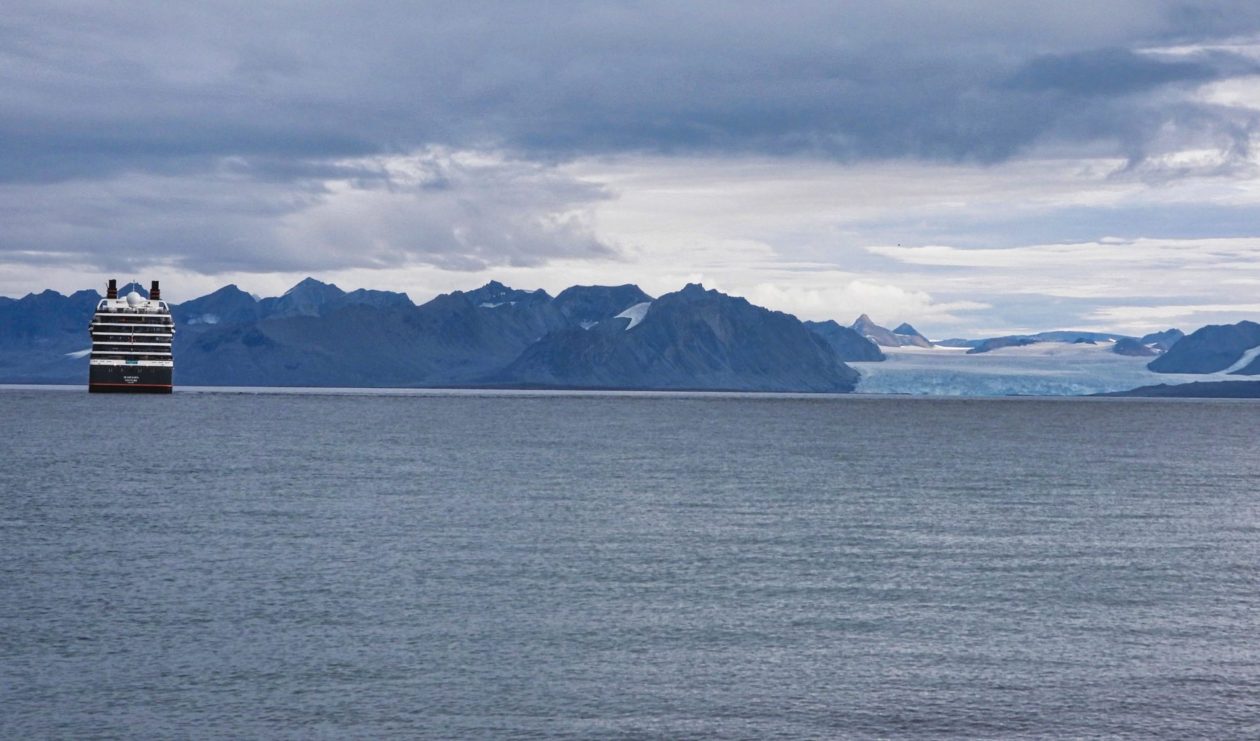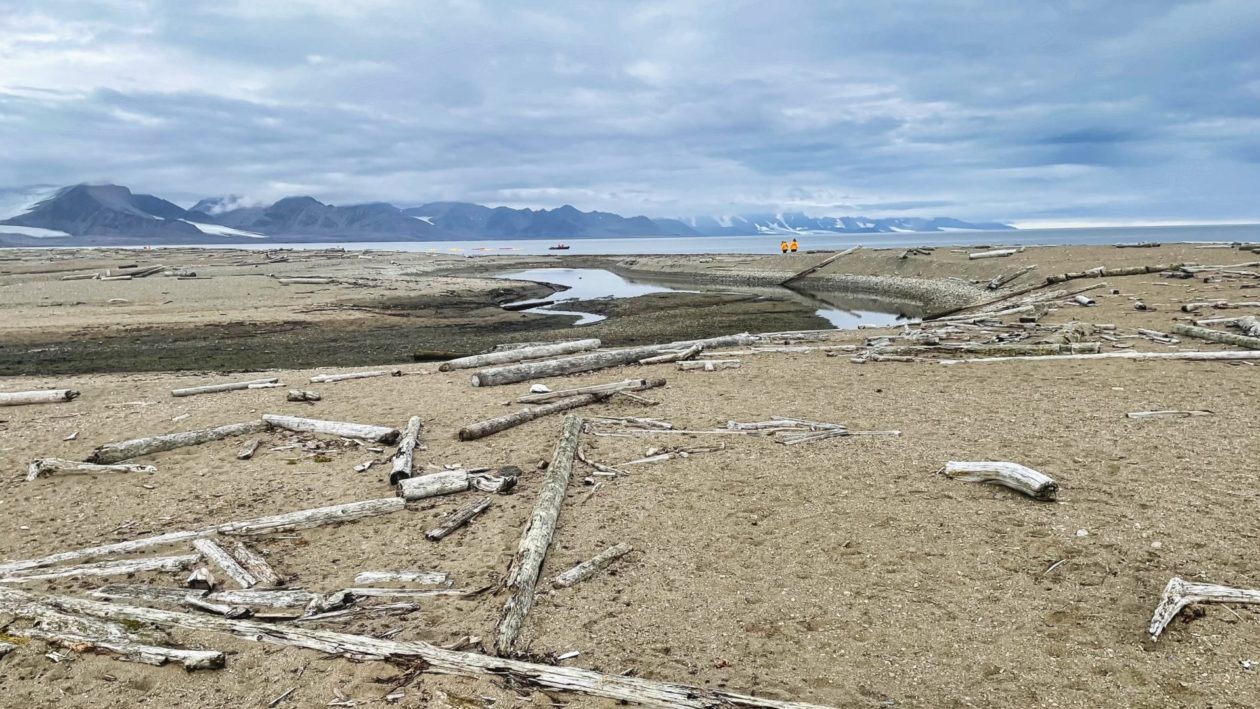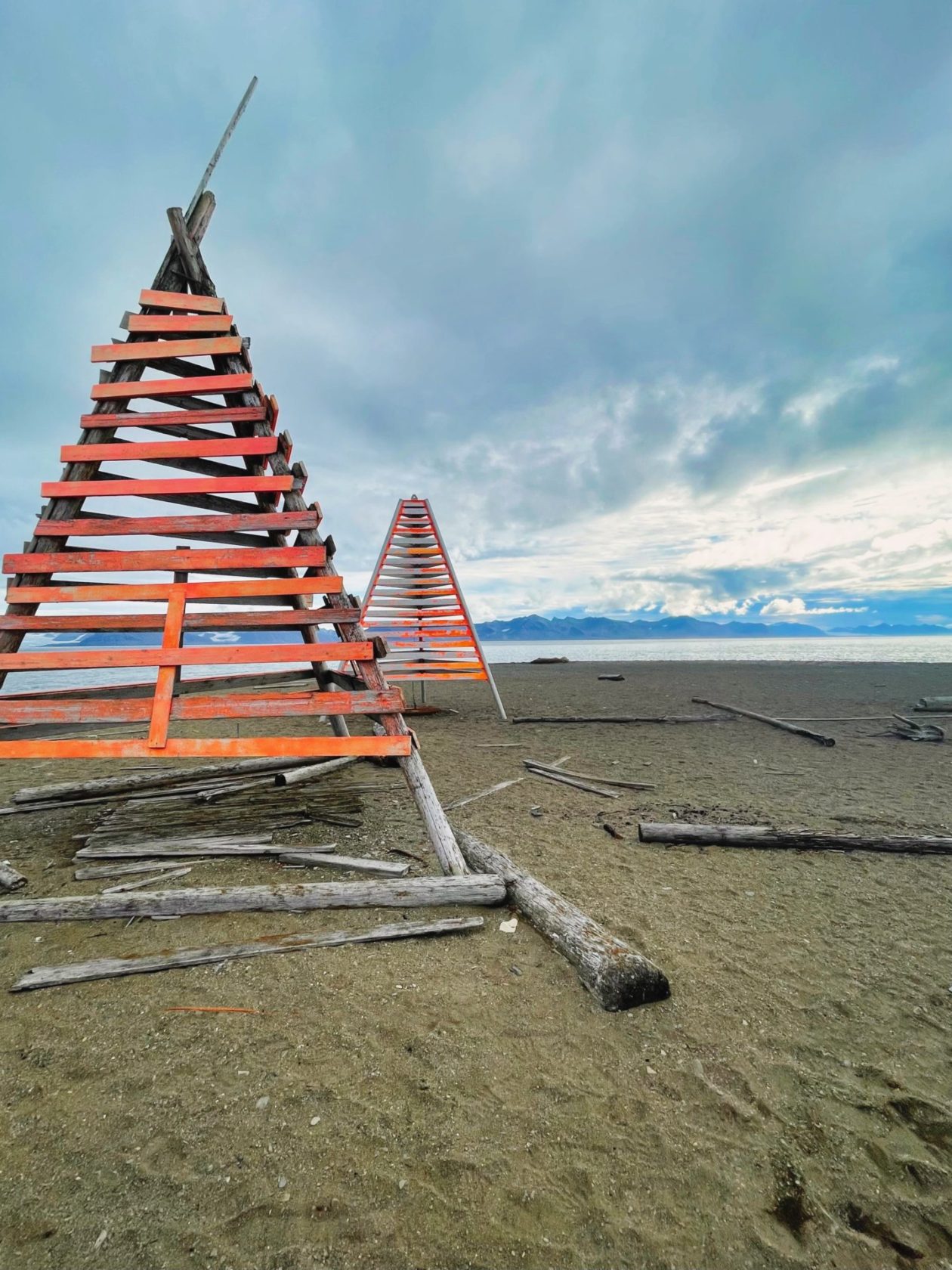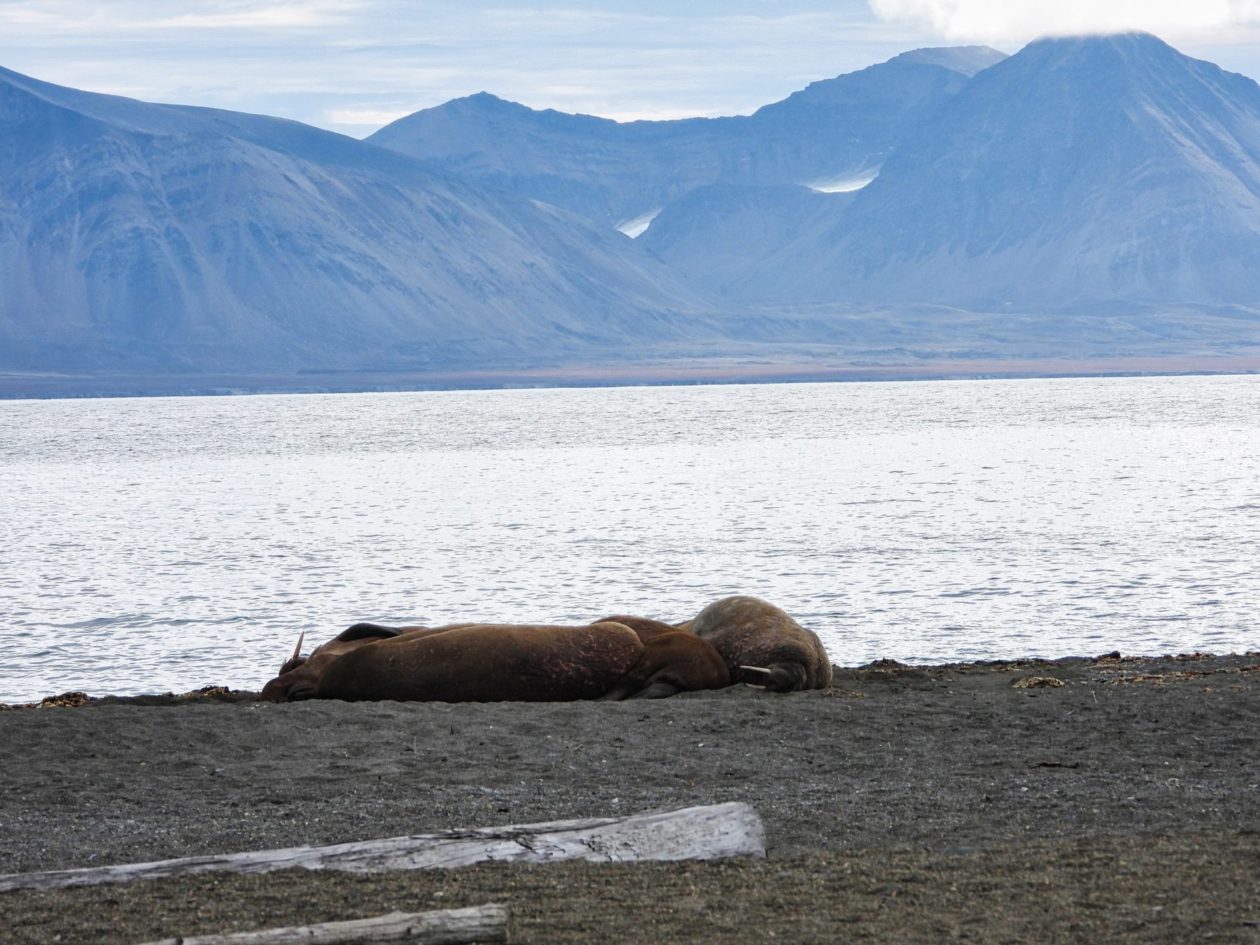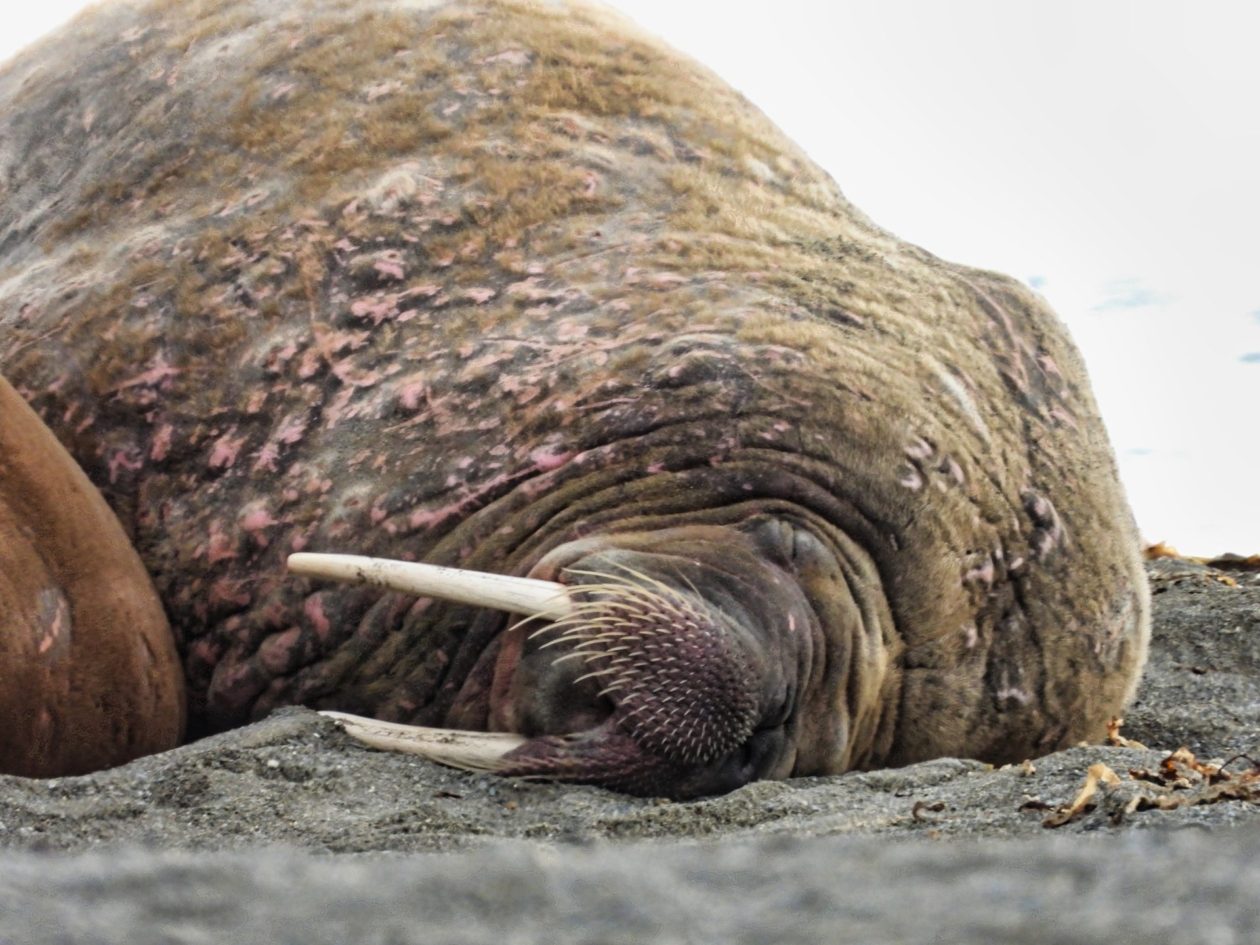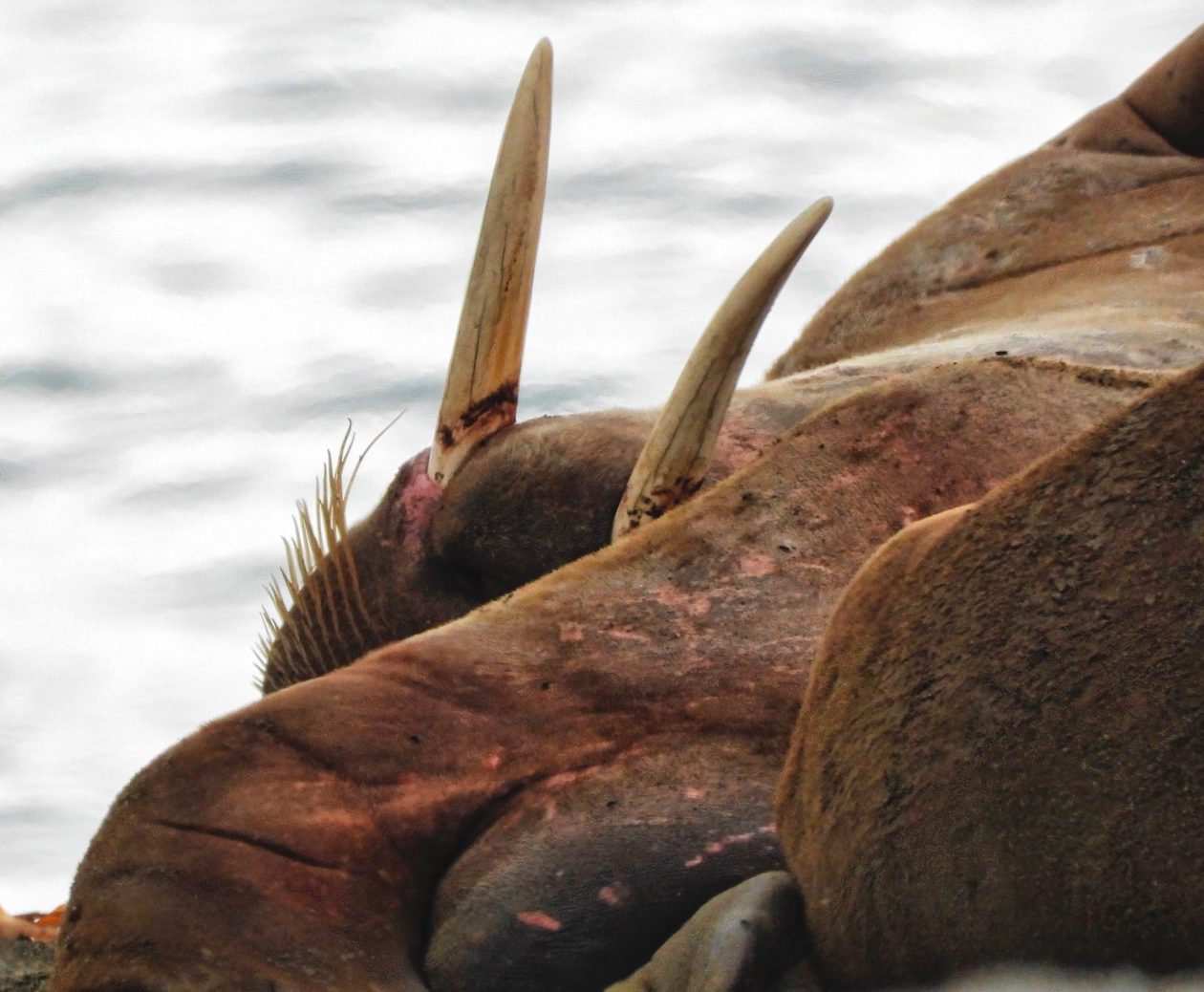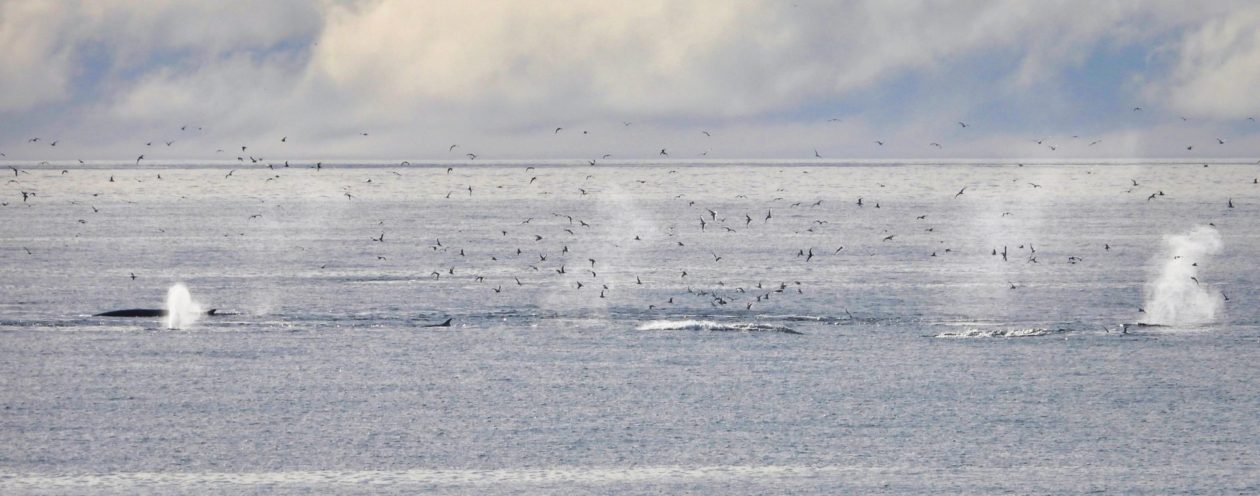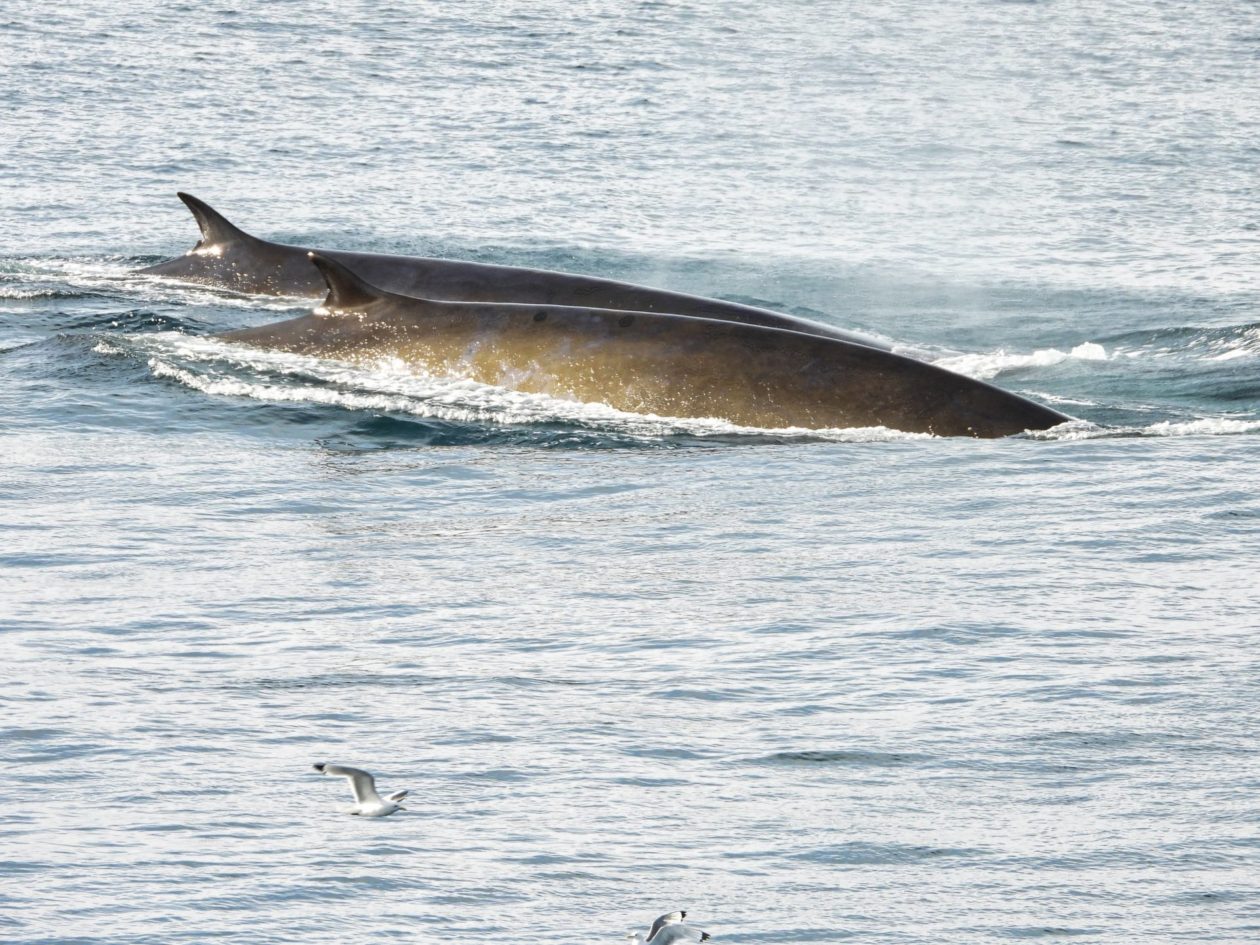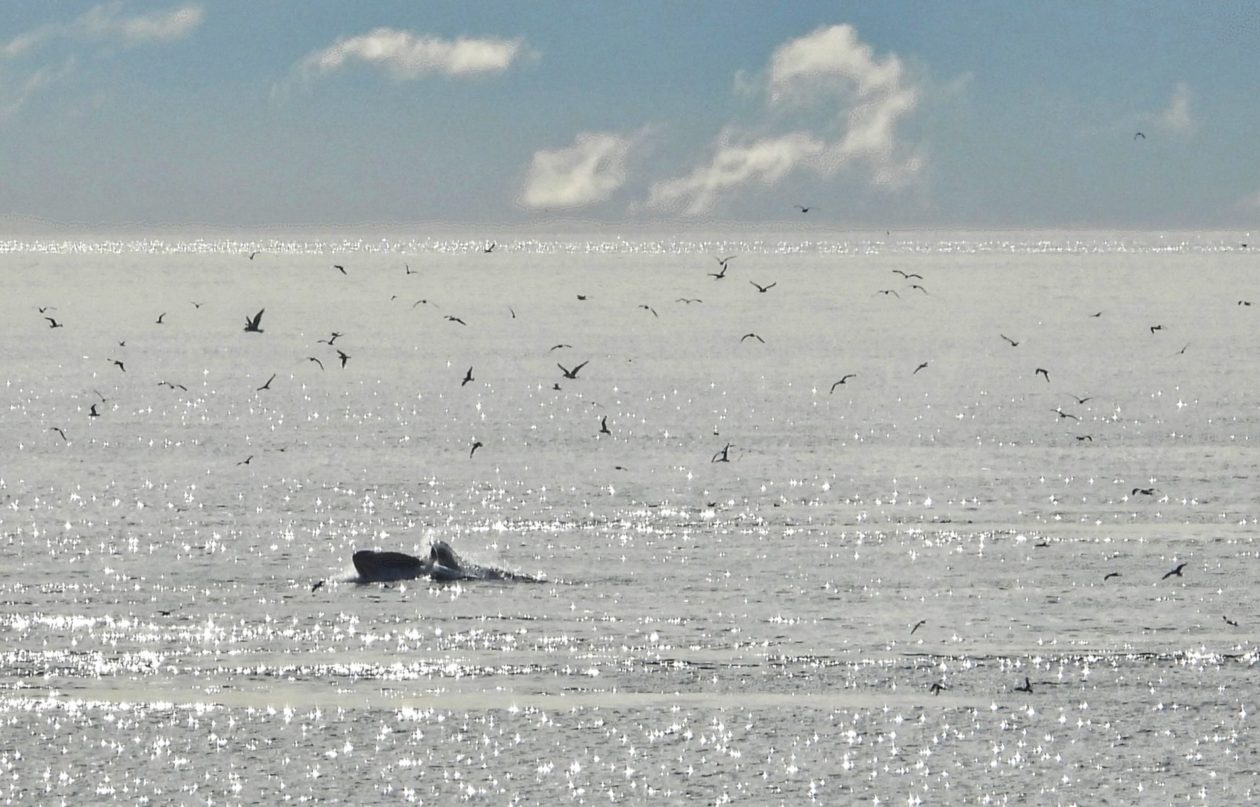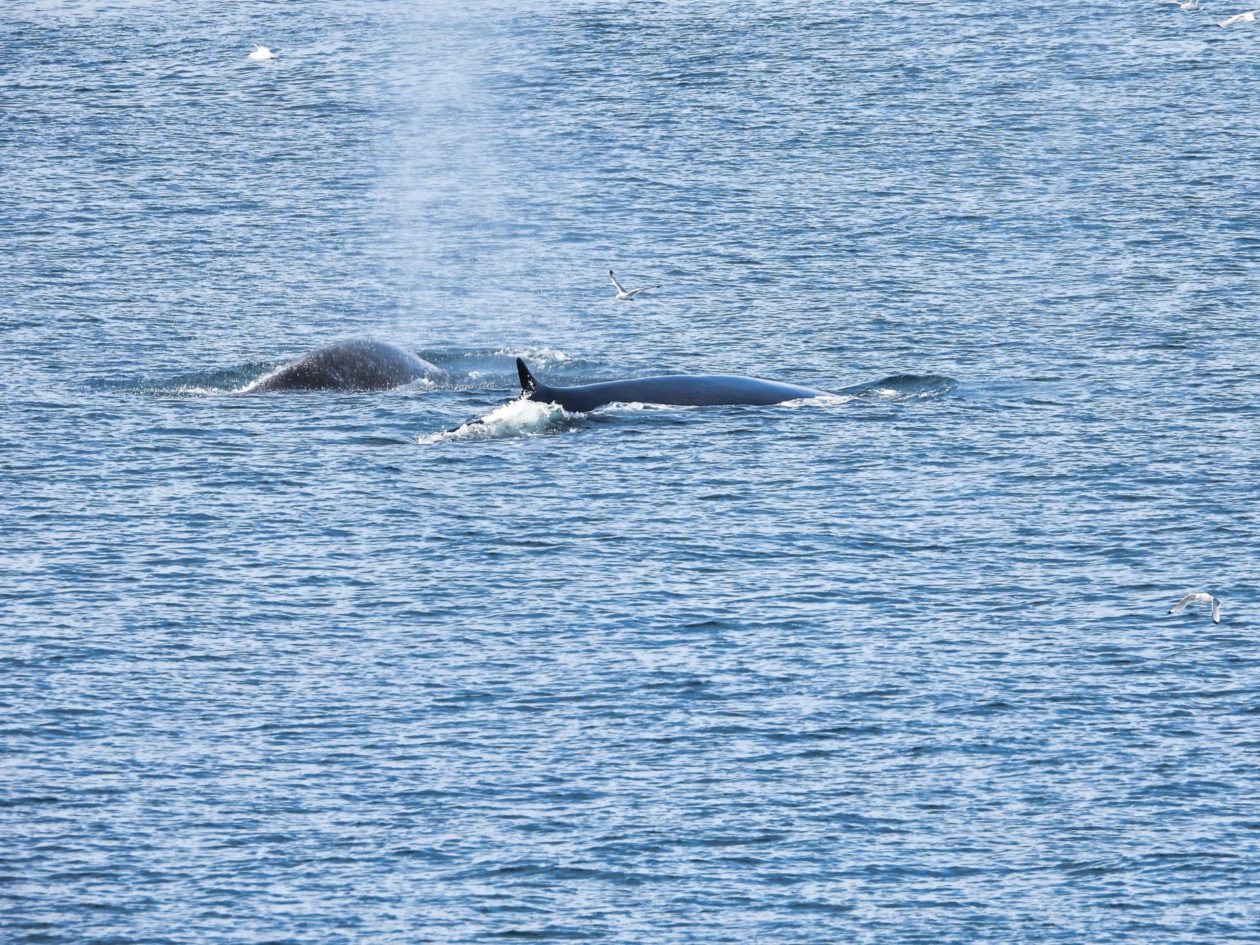- The Nordic Sojourn 2022 — start of trip
- Western Norway — Fjords, mountains, and a lot of rain!
- Longyearbyen, Svalbard, and start of the cruise
- Magdalenefjorden and Gravneset
- Texas Bar and…
- Arctic pack ice and polar bears — what a day!
- Ny London, Ny Alesund, and the massive glacier!
- Poolepynten and fin whales!
- Northeast Greenland National Park and Scoresby Sound
- Ittoqqortoormiit, Greenland
- Patreksfjordur, Iceland and the bird cliff
- Reykjavik and the start of our Icelandic sojourn
- The Golden Circle, Iceland
- Reykjanes Peninsula, Iceland
- Westman Islands, Iceland
- The South Coast and Waterfalls, Iceland
- Vatnajökull National Park — Svartifoss, Skaftafell and Glacier Lagoon Jokulsarlon, Iceland
- The East Fjords, Iceland
- Working our way north — canyons, wastelands, fumaroles, pseudo craters and lakes!
- The Diamond Circle
- Akureyri, a breakdown, and a detour
- VR Viking battle, Glaumbær, Icelandic horses, and back to Reykjavik
- Husafell
- Into the Volcano!
Today, we visited Poolepynten, a headland at the eastern coast of the Prins Karls Forland in Spitsbergen, Svalbard. This mile long stretch of beach is part of the Forlandet National Park and is home to a group of walruses that use that area to rest. The walruses in this area were hunted almost to extinction, but in 1952, they were given protected status. Today there are around 2000 living across Svalbard. The walruses may be one of the few beneficiaries of climate change in the region. With more ice melting, more feeding grounds are opening up for them. They feed primarily on clams and exposed beaches give them much more of an opportunity to feed. The group we saw were just lolling around. While they are pretty solitary animals, the walruses apparently like to socialize with others of their kind. Our guys were more or less snoozing. One interesting thing about Poolepynten, however. After cruising around Svalbard seeing no evidence of trees, here there are huge beaches with large amounts of driftwood and the inland a large wetland areas with pools and lagoons. It turns out that this driftwood is actually carried all the way from Siberia. Quite a journey!
We had a landing planned for the afternoon, but the swell made a shore landing impossible. Consequently, we left to see what other fun things we could find. It didn’t take long and we found ourselves in the midst of about 30 Fin Whales. They are the second largest whale, but the fastest. We were seeing spouts everywhere as they went after the apparent large amounts of krill in the area. There were a number of remarkable things about this viewing. Firstly, fin whales tend to be fairly solitary animals and often travel and feed along or in groups of 2 or 3. Here we counted around 30 whales traveling together. Secondly, these are baleen whales, meaning they filter feed. To do that, they only need to open their mouths, but we saw examples of lunge feeding, where the whales are literally throwing themselves forward with their mouths open. Deb was actually able to get a shot of that behavior. Thirdly, fin whales rather ever breach, but we saw two of them do so in the span of about 15 minutes. Truly remarkable!. So, as a Plan B, this turned out to be a pretty good one! We are now off heading towards Greenland.
